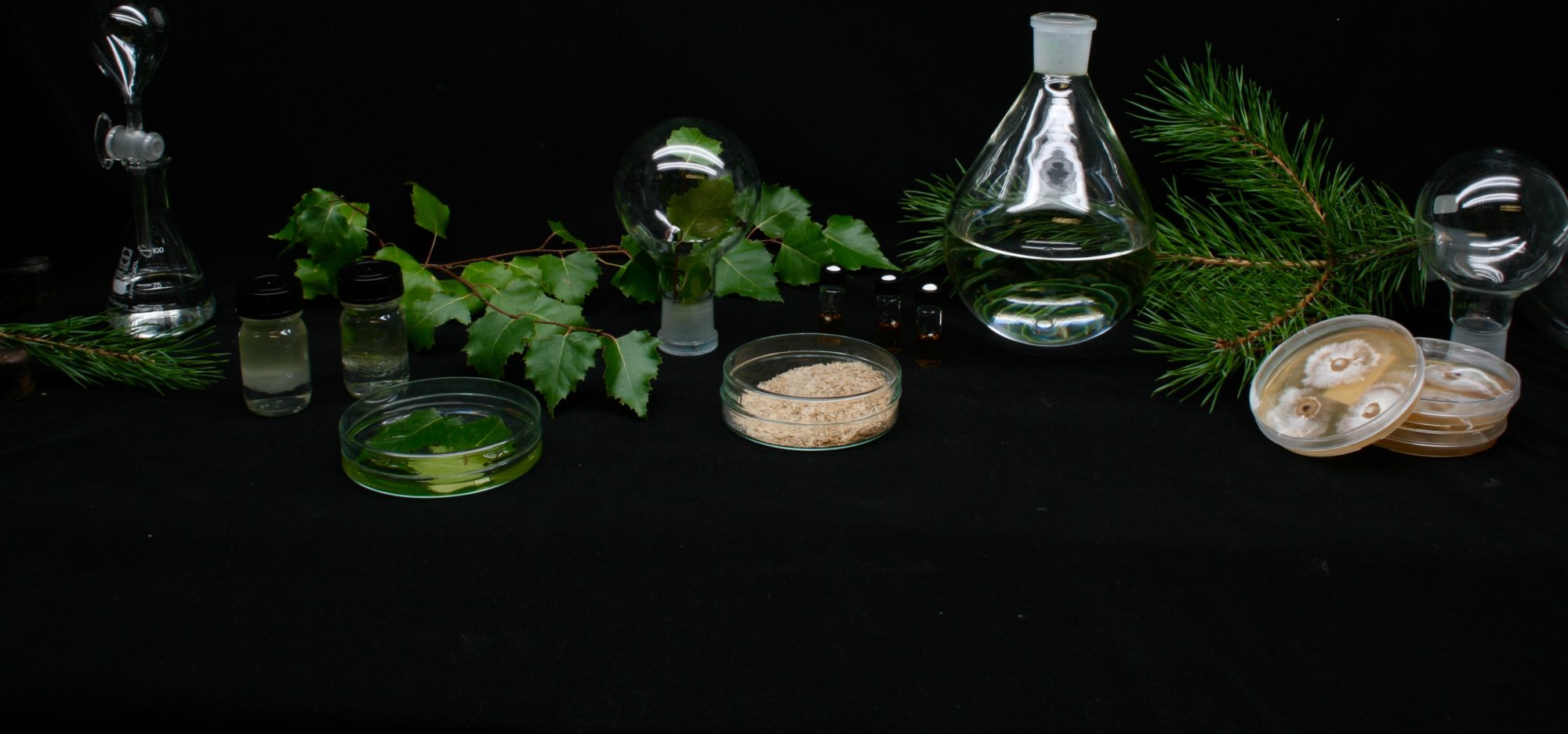In early December 2021, several members of FoMSci participated in Slush 2021. The “world’s leading startup event” was held at the Helsinki Expo and Convention Centre. Slush 2021 gathered 8800 attendees from all over the world with diverse backgrounds, from highly prominent founders and investors to researchers, companies, media, executives, operators, and other talents.
The atmosphere in Slush was very unique compared to other typical conference events. Different colours of lighting with fog filled the air, giving a feeling of being inside a techno-club rather than a conference. The opening ceremony started on the morning of 1st December, a DJ playing techno music with multiple lighting effects and projections on huge screens across the venue. There were four big stages with different talks occurring simultaneously, multiple side events and the surrounding space was filled by booths from different global startups, companies, research centres and universities. Besides, plenty of closed and open-spaced meeting rooms were available for all attendees. This gave the attendees many choices on how to make full use of their time.
Several members of FoMSci who were funded by Business Finland under Research to Business (R2B) projects at different commercialisation stages were invited to attend Slush 2021 by Helsinki Innovation Services (HIS). We were joined by 14 other University of Helsinki’s science-based innovation projects in a specially designed space. Each of our projects was given a table equipped with an iPad to present our innovation to visitors and potential investors. During the two days event, our booths were swamped by many visitors interested in our innovations. This supported our belief about the importance of our innovations for the world’s future. The most notable visitors included the Minister of Science and Education, Antti Kurvinen, and ex-Deputy Prime Minister of Finland, Antti Petteri Orpo. We also maximised the opportunity to meet promising investors from all over the world. “It was an eye-opening experience to interact with investors, learning the important points that they are looking for, and their insights on our innovation”, said Anis Arzami, FoMSci postdoctoral researcher representing FreshTech in Slush 2021.
Here are the project summaries of FoMSci members who attended the event.
- OleoFlow: Ari Salmi, Fabio Valoppi and Anton Nolvi. Re-engineering fat to make tasty foods finally healthy. Often tasty foods are unsustainable and most often full of fat and sugar, which can cause weight gain and obesity. OleoFlow offers a solution for consumers to enjoy tasty food without the need to change their diet, by using oleogels which replace unhealthy fat. OleoFlow technology can be functionalised to suit all types of foods and give the consumers a satiety feeling. Besides helping consumers to eat less, OleoFlow is free from chemical modification, easily customisable, sustainable, and vegan. OleoFlow was also showcased at the Slush 2021 side event, Y-Science and the final pitch was presented by Fabio Valoppi.
- FreshTech: Anis Arzami and Kirsi Mikkonen. A new innovative packaging technology to reduce the waste of fresh produce. The ripening of fresh vegetables, fruits and berries can be delayed by using FreshTech technology. FreshTech offers a solution to preserve the taste and nutritional quality of fresh produce more effectively compared to currently available packaging solutions. The concept of this technology is based on the controlled production and continuous release of hexanal into the packaging container using a recyclable bio-based, food-grade matrix. The hexanal released from the matrix can maintain the freshness of the produce and inhibits microbial spoilage.
- MyShroom: Jutta Varis, Minna Isotupa, Marko Saapunki, Kirsi Mikkonen and Pauliina Lankinen. Mycoprotein as substitutes for animal protein in food. Current meat substitutes available on the market are heavily processed with a long list of ingredients to mask the off-flavours from plant proteins. MyShroom offers a healthier and tastier alternative for current meat substitutes by using mycoprotein, which is a high-quality protein, cheap, sustainable and can be conveniently used by the food industry. MyShroom is suitable for sandwich toppings and as a material to develop other food products.
We had a really nice time at Slush 2021, and we exchanged many interesting ideas with the visitors, not just for the benefit of our current science-based innovation projects, but also for future collaboration opportunities. We received a lot of valuable comments on how to improve our products and how to proceed further to realise our ambition of a start-up company. Overall, being in Slush is a remarkable experience and we wish to attend the event again next year and for years to come.
Special appreciation to HIS for giving us this wonderful opportunity and for coordinating the preparation of the event.










